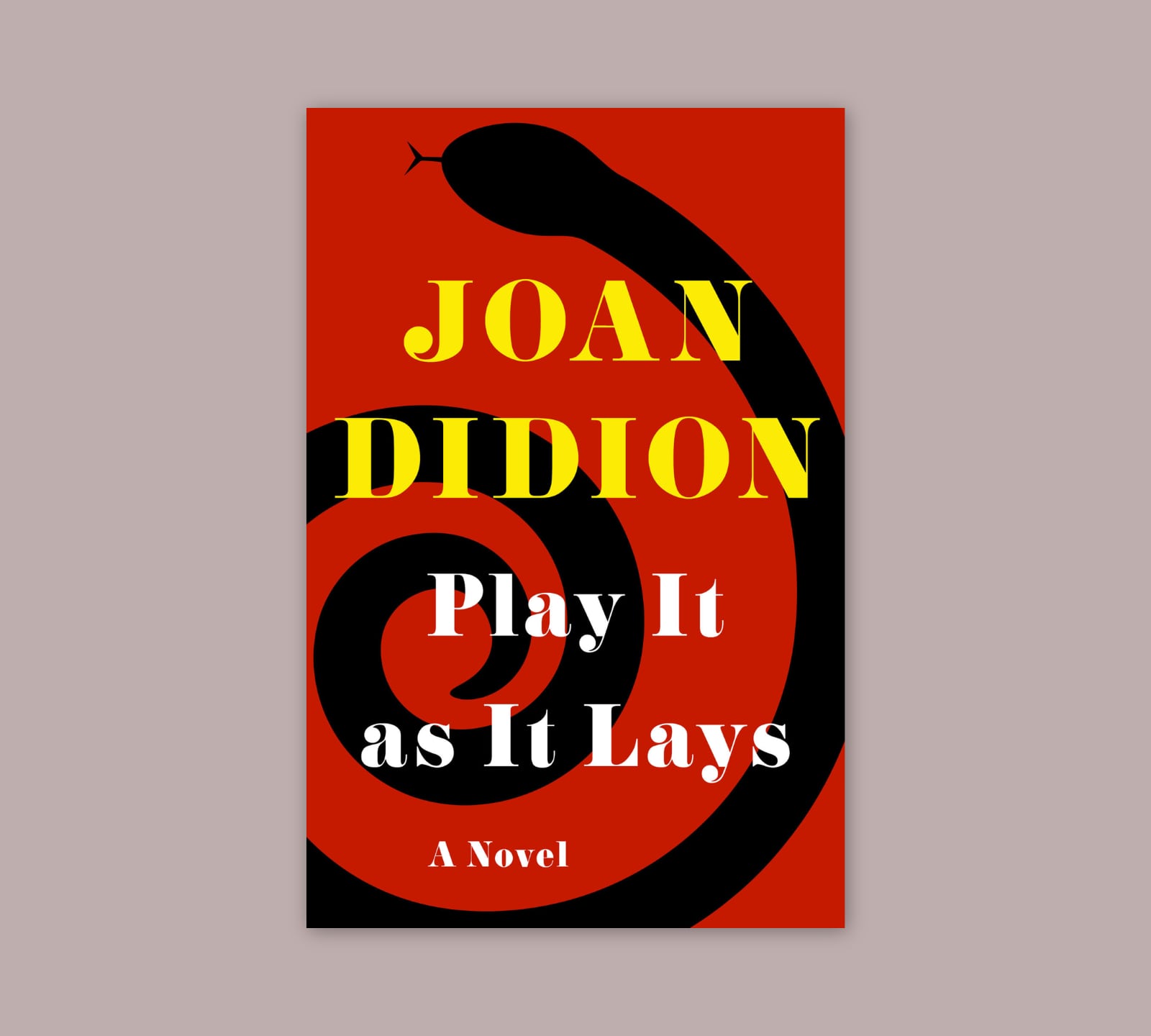Joan Didion Play It as It Lays
I’d never read anything by author Joan Didion, except perhaps an essay in a collection I received some years back, when I read about her death just before Christmas last year. She struck me as someone you should’ve read — the list is long of such writers, after all — so I decided to pick up one of her five novels, Play It as It Lays. It already sat in the bookshelf, actually, but it was a Swedish translation, so I got the original English work for my Kindle.
When I finally started reading Play Is as It Lays a few days ago, things moved really fast. My sparse knowledge of Joan Didion and her work involves her minimalistic style, and Play It as It Lays certainly is that. Chapters are short, barely glimpses into the titular character’s, Maria’s, life, what she experiences, and her reactions. It rarely picks something up that’s been thrown at the reader, if she breaks down over something, you get to feel with her for a little while, and then that’s the end of it. The pacing is fast, the downward spiral brutal, especially so as you realize that this can end either way, and you might not get any closure, as a reader.
It didn’t end as I expected, and there was closure, sort of, at least.

Play It as It Lays left me thinking a lot about pacing, and how some authors manage to keep things minimalistic without feeling thus. Joan Didion sure managed this here, and maybe it shouldn’t come as a surprise that she admired Hemingway, who surely moved in similar styles.
This is not a book review. I don’t think I’m qualified to review the work of a recently deceased author I just picked up, even less so one that has had the impact as Joan Didion had. She wrote five novels, and numerous essays, as well as screen plays and plays. I’ve read one novel, and, I believe, an essay. That seems very little to build an opinion on the work of such an honored artist.
I will say this, however: Play It as It Lays was brutal and rewarding to read. It stays with me, days after I finished it, and I’ve been thinking a lot about things like pacing, choice of words, and what to tell the reader, and what not. It is, in many ways, a masterful piece of work.
When an artist dies, there’s that burst of attention that comes from obituaries, grieving fans, and people who want to show that they were in the know. For someone as distinguished, and celebrated, as Joan Didion, it’s often for the better. It’s a bit sad that it was her death that made me pick up Play It as It Lays (although I had intended to read it the past summer, but didn’t), and that it was the first longer piece of hers that I read. But that’s just the way it goes, you get a jolt of a reminder when someone public, someone famous, dies, and maybe people are saying things that push you over the edge to actually pick up that book, or play that record. It’s not books either, when Meat Loaf died — an artist who was likely as ridiculed as adored — his songs topped streaming charts. You can only find success in death might not apply to either of these people, they were successful in their time and right, but dying probably didn’t hurt sales.